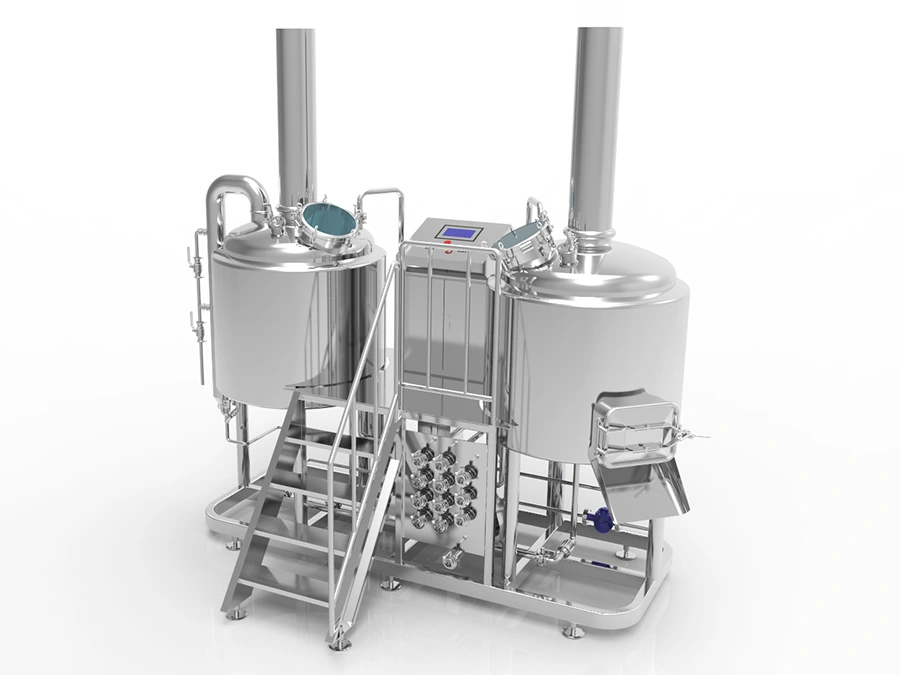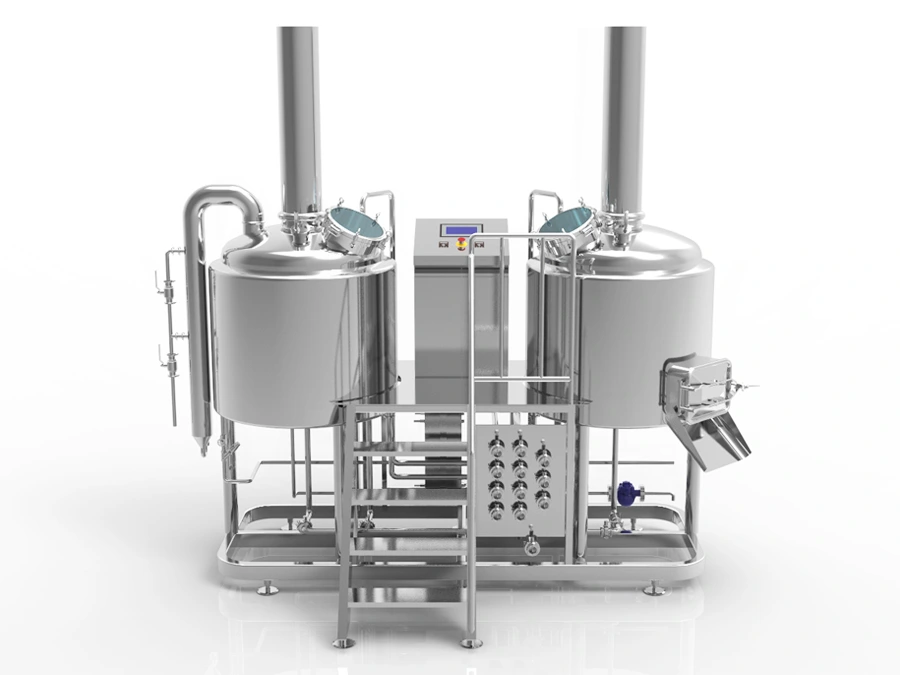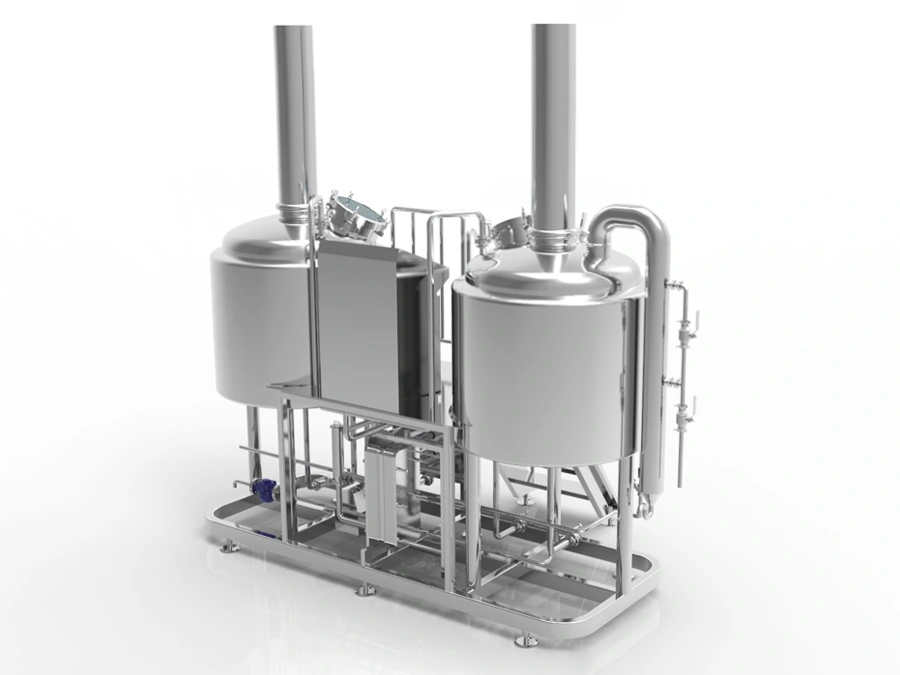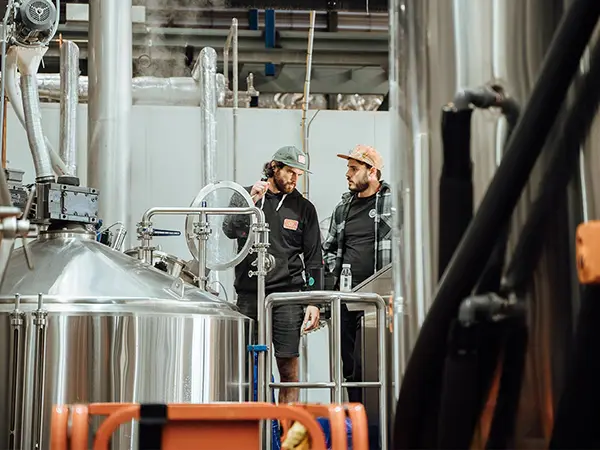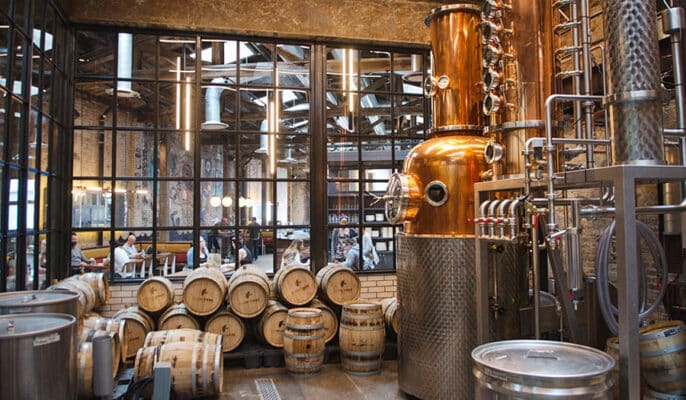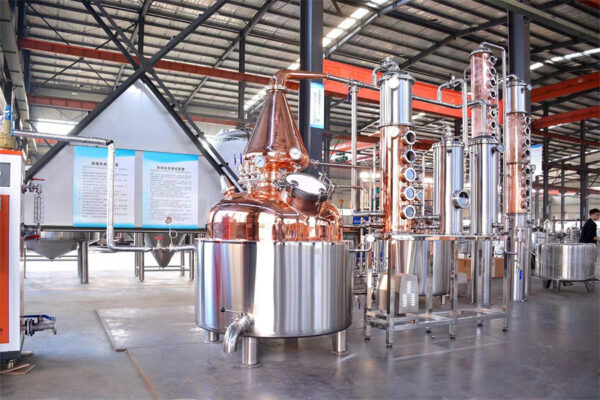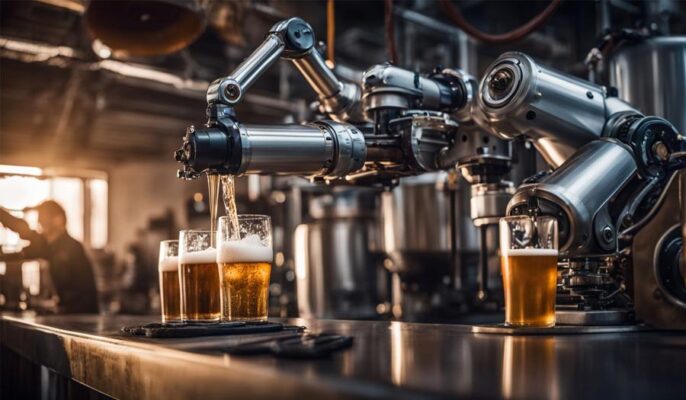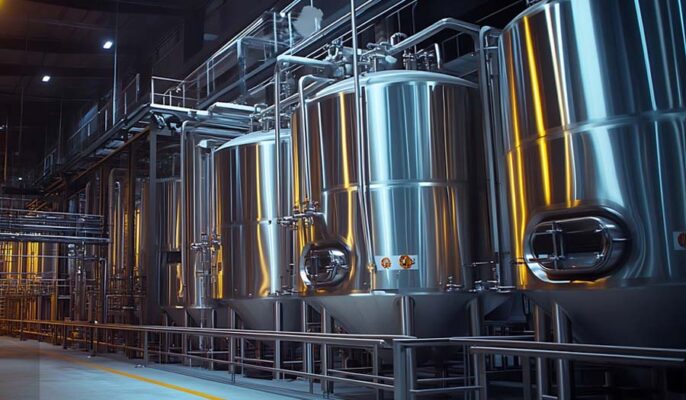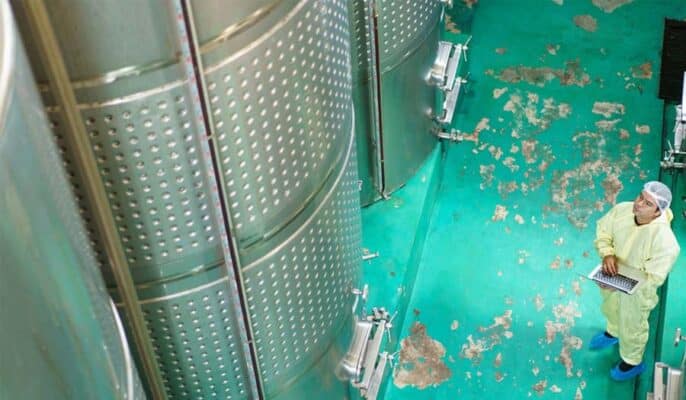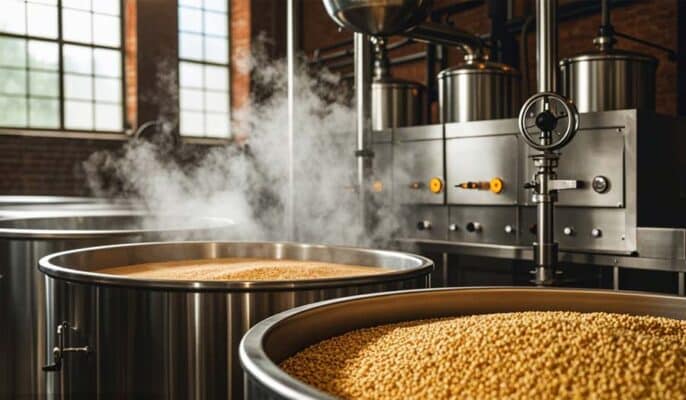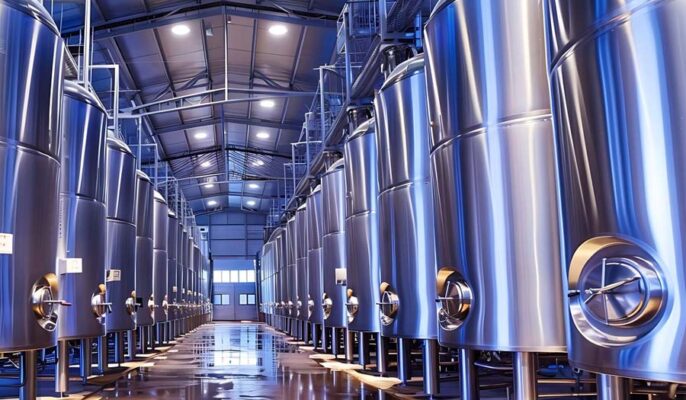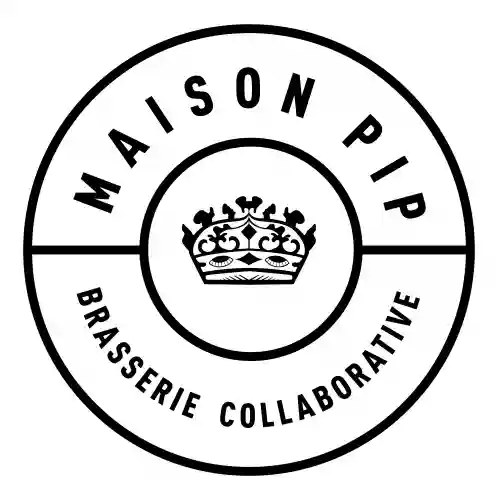Why choose microbrewery system from Micet Group?
Microbrewery equipment is installed in restaurants, pubs and bars all over the world. They’re more than just fun stuff for people: microbreweries produce craft beer for tourists and customers to drink in-store, sell at select dealers and mail order.
Brewing Equipment: Size and Capacity
Micet Group manufactures custom-made microbrewery equipment on a case-by-case basis. The size and capacity of the brewery depends on the scale of beer production planned by the customer. Choosing the best microbrewery equipment for a microbrewery or a large automated microbrewery can be a very complicated job. That’s why the Micet Group sales and technical departments have been busy dealing with inquiries from craft brewers about how to build a microbrewery that fits the site (size) and volume (capacity), whether it’s an expansion or a new microbrewery start-up cost .
Microbrewery devices have varying degrees of automatic control. Higher levels of automation can save winemakers labor, but fully automated microbreweries cost more.
The Micet Group team divides issues of size, capacity and budget based on the expected output of the microbrewery.
Micet Group Micro Brewery Equipment setups are durable and easy to install, no matter where you plan to place your setup. We pride ourselves on providing simple microbrewery design layouts for every microbrewery system. Craft brewers want perfect results every time, and our systems are designed to facilitate that every step of the way.
Micet Group microbreweries enable beginners and craft beer professionals to produce delicious drinks every time. Every piece of equipment in is custom designed, combining the brewer’s ideas and input related to the specific beer recipe or recipe you want to create.
Because we specialize in the manufacture of micro-brewing equipment, manufactured and produced to the highest precision specifications worldwide, we are able to offer micro-brewing equipment that is sold almost anywhere in the world.
Every stage of our beer equipment production process is closely supervised and completed seamlessly, then thoroughly tested before approval for shipping and installation. Absolutely engineering perfect is accepted.
No matter how extraordinary your request, we can handle it. At , we know that there are many master brewers, and if you come up with an ingenious way to brew your beer, you can count on us to make your dreams come true. We can develop patent blueprints and even work with our in-house team of experts to help you refine your concept, design or project.




